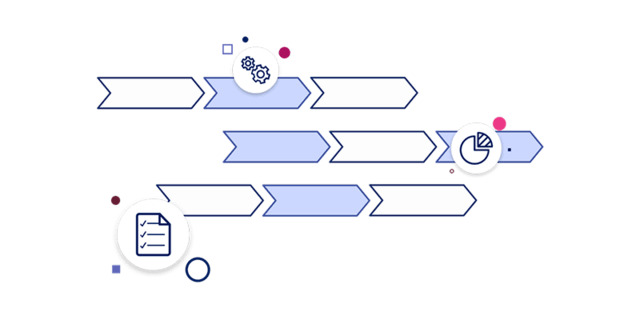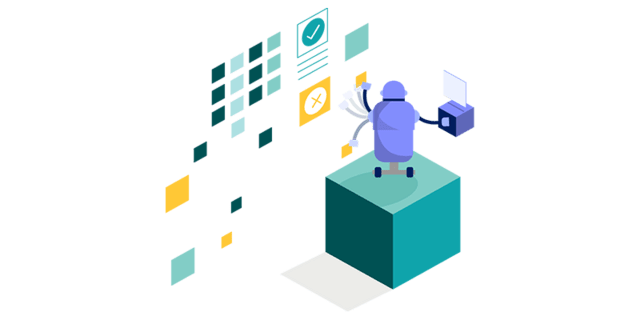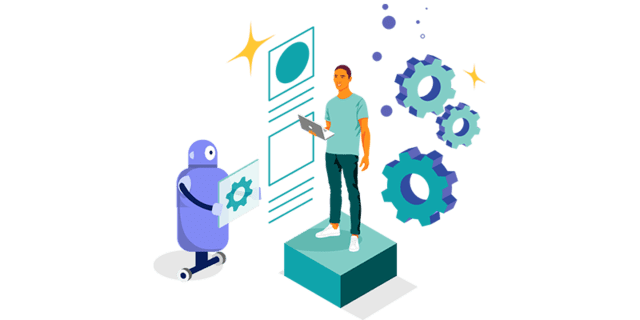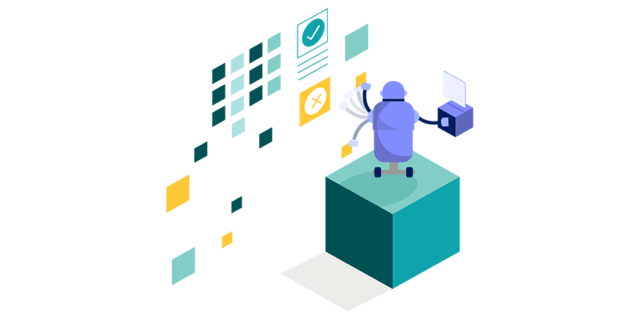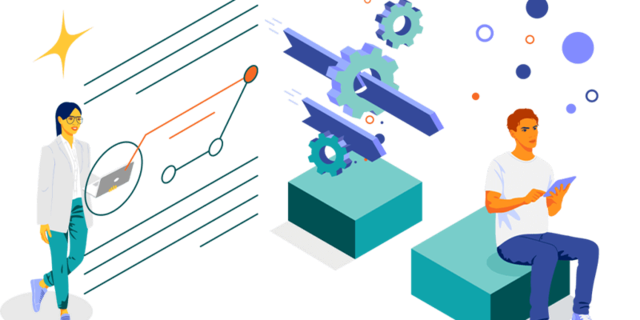AI workflows
Leveraging AI to automate and optimize business operations.

What is an AI workflow?
An AI workflow is an organized series of steps that uses artificial intelligence to automate processes and enhance efficiency. At its core, it represents the integration of AI capabilities and agentic AI within business processes to enhance decision-making and automate complex tasks that traditionally required human intervention.
Why are AI workflows important?
With the rapid acceleration of agentic AI, AI workflows go beyond traditional automation by incorporating machine learning and AI models that can adapt, learn, and make intelligent decisions. They connect various AI technologies and business operations, allowing organizations to use agentic workflows in a systematic and productive manner – especially when integrated as part of a holistic business orchestration and automation technology approach.
Benefits of AI workflows
- Enhanced operational efficiency: AI streamlines processes and removes bottlenecks, allowing for quicker response times and better resource utilization.
- Improved customer experience: AI can analyze customer data to understand individual preferences and behaviors, enabling businesses to deliver more personalized products, services, and marketing messages.
- Cost savings: The increased accuracy provided by AI can reduce the costs associated with errors, such as rework, waste, and customer dissatisfaction.

How does an AI workflow work?
An AI workflow runs through a structured pipeline that connects data, algorithms, AI agents, and other automation tools to deliver intelligent outcomes. This organized process boosts efficiency, supports better decision-making, and helps drive innovation and long-term business growth.

With agentic workflows, work simply flows
Only Pega builds agentic AI into every workflow for true enterprise transformation
What are the steps in an AI workflow?
Potential challenges with AI workflows
Implementing AI workflows can come with challenges; being prepared can help mitigate these issues:
- Data quality and management: High-quality data is crucial for effective AI modeling. Ensure robust data management practices to maintain integrity and reliability.
- Security and privacy concerns: Implement strong cybersecurity measures and start from foundational business rules to protect sensitive data within AI workflows from breaches and unauthorized access.
- Change management: A recent Pega study found that nearly half of employees surveyed are skeptical of the ability of AI agents to effectively replicate human output. Effective leadership and change management are key to easing concerns and creating scalable AI workflows that make teams more productive.

What are some use cases for AI workflows?
Manufacturing
AI automates quality control checks, predicts maintenance needs, and streamlines logistic operations, enhancing productivity and reducing downtime.
Retail
Retailers use AI workflows to personalize marketing strategies, manage inventory effectively, and improve customer service through automation.
Healthcare
AI-driven workflows in healthcare create efficient patient management systems, enhance diagnostic accuracy, and streamline administrative processes, leading to improved patient outcomes.

How to integrate AI workflows into business processes
Implementing AI workflows in an enterprise context involves a strategic approach that balances technological adaptability and business needs. Here are the key steps to get started:
- Identify key processes: Start by pinpointing business processes that are repetitive and time-consuming but critical to your operations.
- Select the right tools: Choose AI workflow tools that align with your business objectives and technical infrastructure.
- Start with a Center-out approach: For large organizations, ensuring AI workflows adhere to established business rules is crucial for repeatability, scale, and compliance.
- Train and deploy AI models: Once tools are in place, train AI to meet specific criteria, then deploy them in real time within your workflows.
- Measure and optimize: Continuously analyze the performance and refine workflows to maximize efficiency and output.

